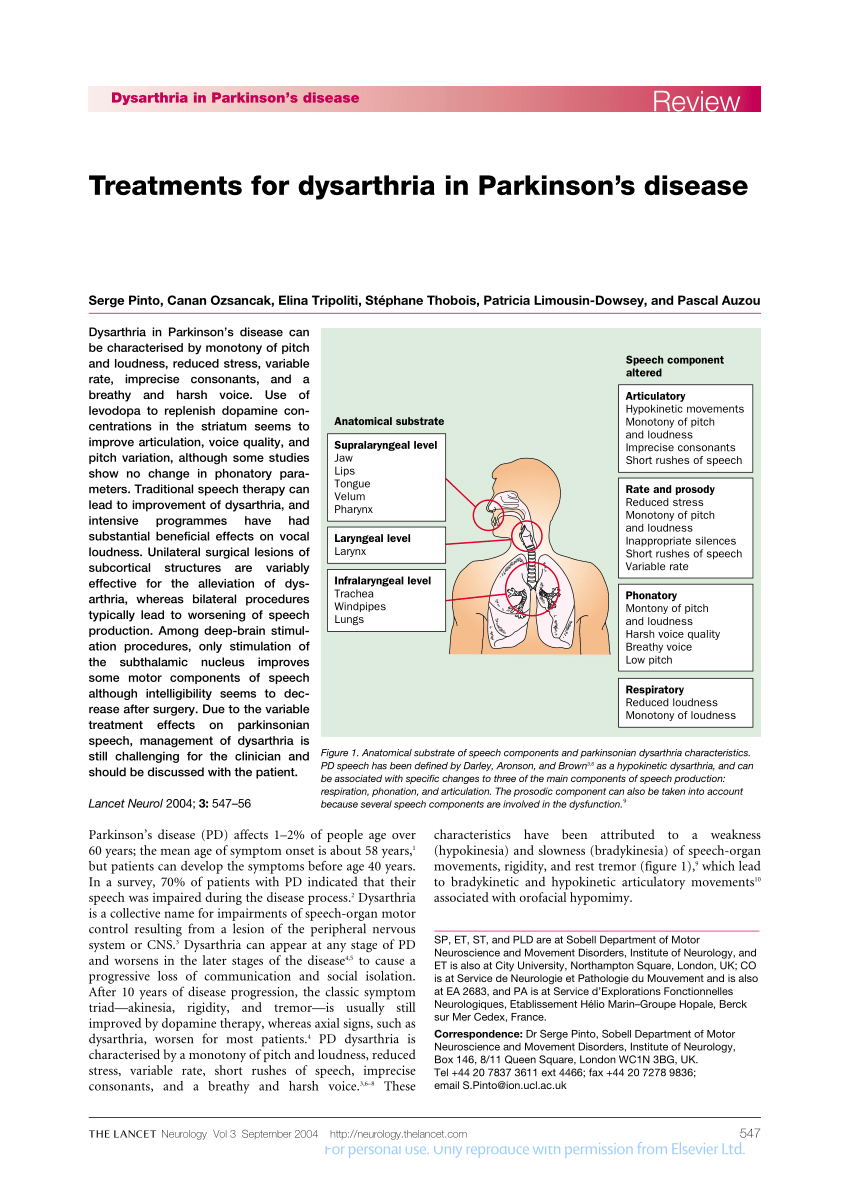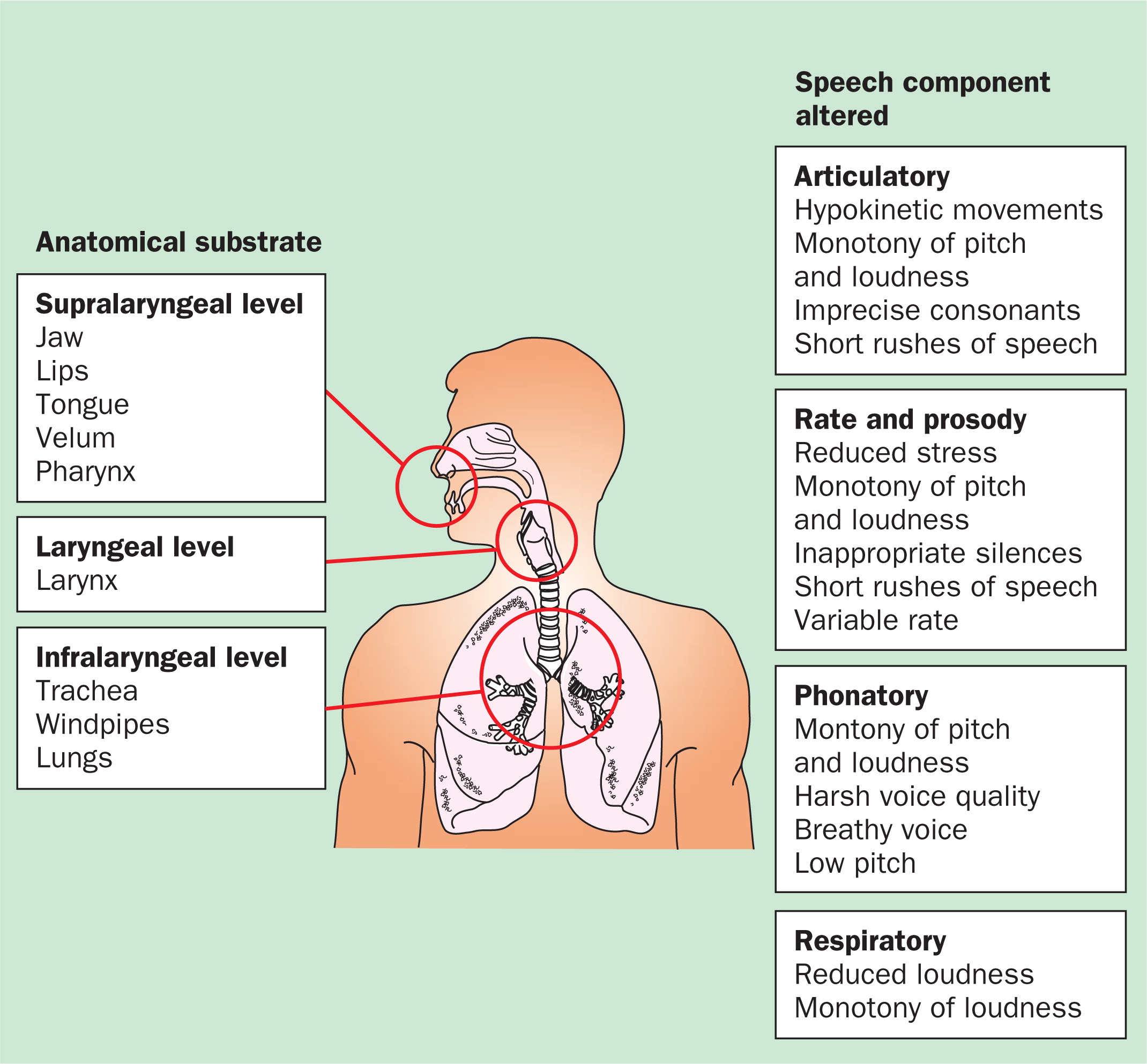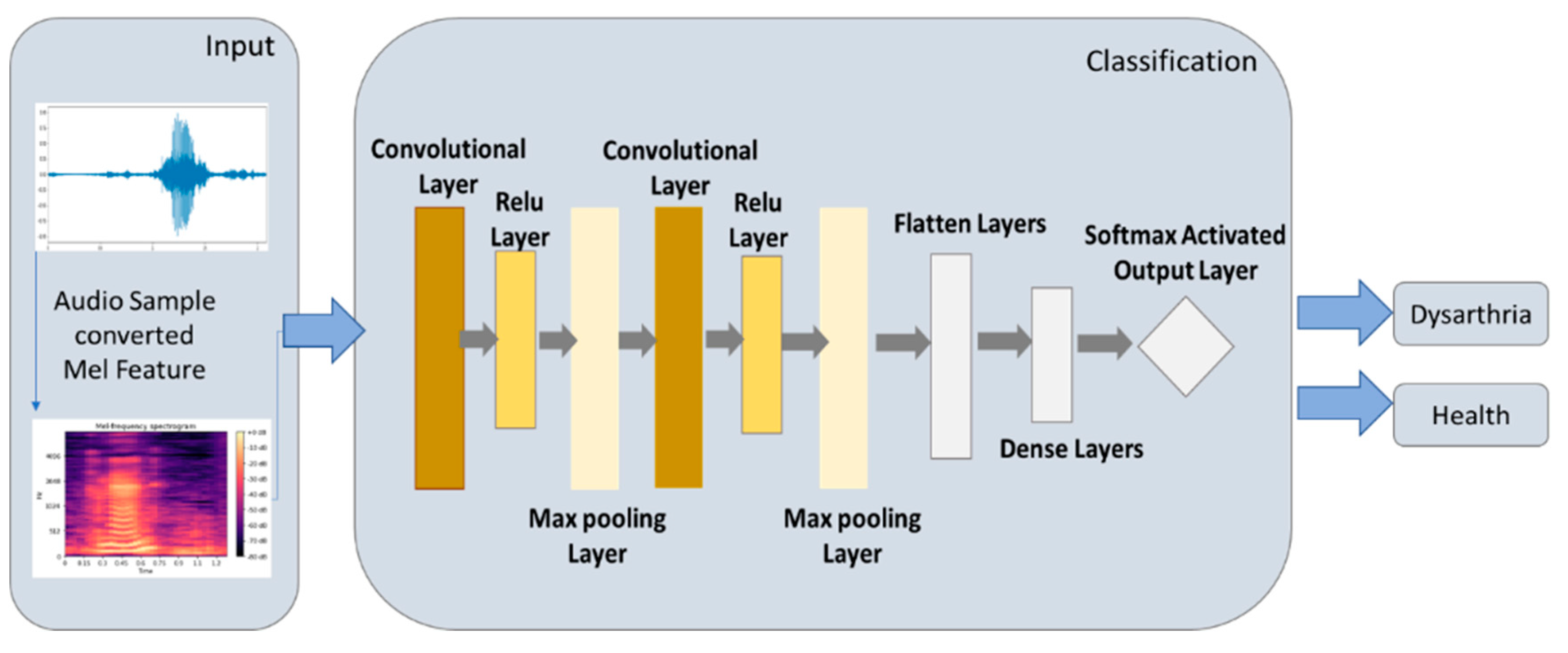
What is dysarthria?
Dysarthria occurs when the muscles used to breath and speak are weakened or paralysed, making speech slurred and hard to understand. Speech therapy can help make speech clearer.
Dysarthria is characterised by slurred or unclear speech due to nerve or brain damage affecting the muscles that control the tongue, lips, palate, jaw and larynx. Other things that can be affected include:
- breathing
- the ability to make clear sounds
- the rhythm of speech
- how loudly someone speaks
Dysarthria can be mild or severe. It can also occur along with other speech and language problems, including apraxia of speech or aphasia (when someone has trouble understanding what other people say or communicating with other people).
Both children and adults can have dysarthria.
What are the signs and symptoms of dysarthria?
The most common symptom of dysarthria is slurred or unclear speech. Other symptoms include:
- speaking too slowly or too fast
- speaking too softly or too loudly
- being unable to move the tongue, lips, and jaw very well
- sounding like a robot
- a change in the voice so it sounds harsh, nasal or breathy
- being unable to control pitch – the voice is monotone or high or low pitched
- not being able to form longer words properly
- difficulty eating and drinking
- difficulty controlling saliva
Often, someone with dysarthria will have visible changes in the muscles of their face. Their face may droop, or the muscles may be very tight.
What causes dysarthria?
Anything that causes brain damage or damage to the nerves and muscles that control speech can result in dysarthria. Some common causes of the condition include a stroke, a brain tumour, Parkinson’s disease, motor neurone disease, Huntington’s disease, multiple sclerosis and cerebral palsy.
Dysarthria can also follow an illness or injury. Some medicines, including narcotics and sedatives, can cause dysarthria.
How is dysarthria diagnosed?
If you suddenly develop slurred speech, it’s important to see a doctor right away. It could be a sign of a serious condition or illness.
A diagnosis of dysarthria is usually made by a speech pathologist. They will listen to your speech and work out the best treatment based on the cause of the condition. They may watch how you eat and examine how you make different movements with your mouth or tongue.
How is dysarthria treated?
The most appropriate treatment will depend on what is causing the dysarthria. For example, if it’s caused by a medication then your doctor may change your medication to reduce the symptoms.
A speech pathologist can teach you how to improve your speech and give you exercises to strengthen the speech muscles, control how quickly you speak and help you to be understood by other people.
If you have dysarthria, here are some tips for how to speak more clearly.
- Look at the person you’re talking to.
- Take a breath before you speak.
- Try to relax before you speak.
- Speak slowly.
- Use shorter sentences.
- Take regular pauses.
- Use writing or gestures to explain what you mean.
- Reduce background noise if possible.
In severe cases, someone with dysarthria might need to learn different ways of communicating, such as sign language, using a computer or pointing to a book.







